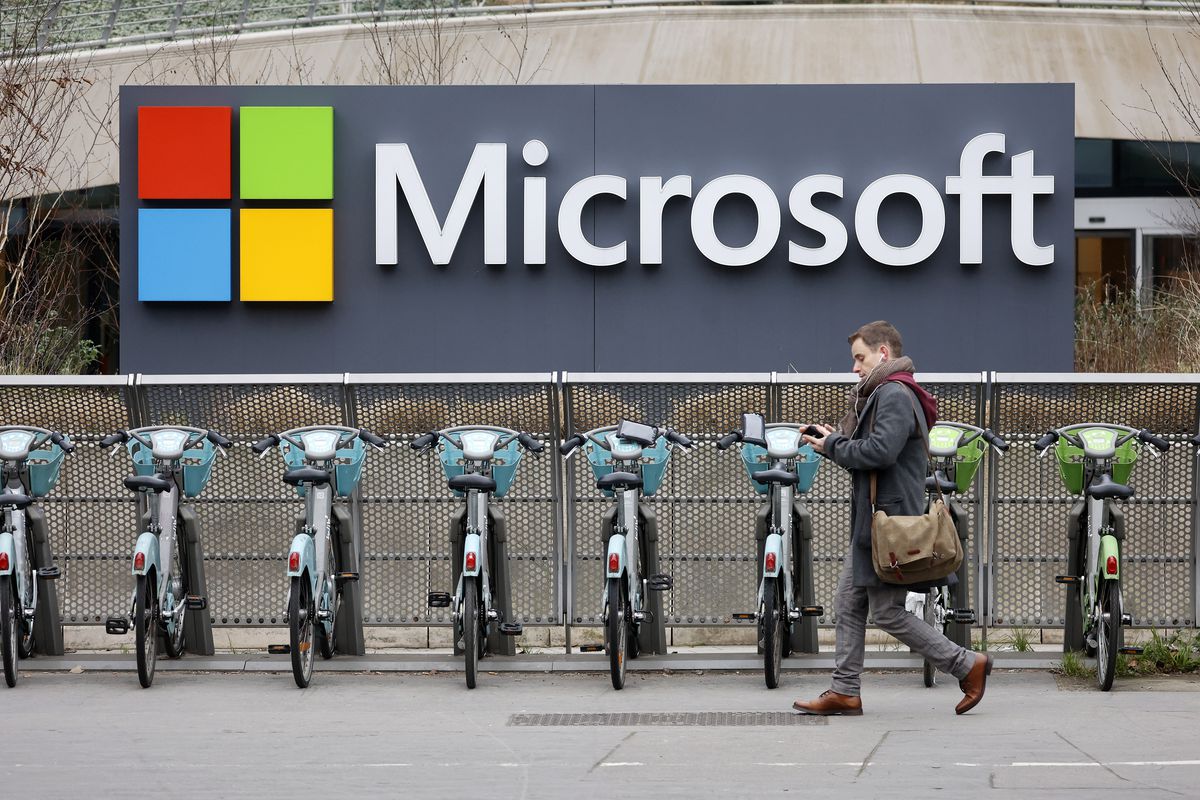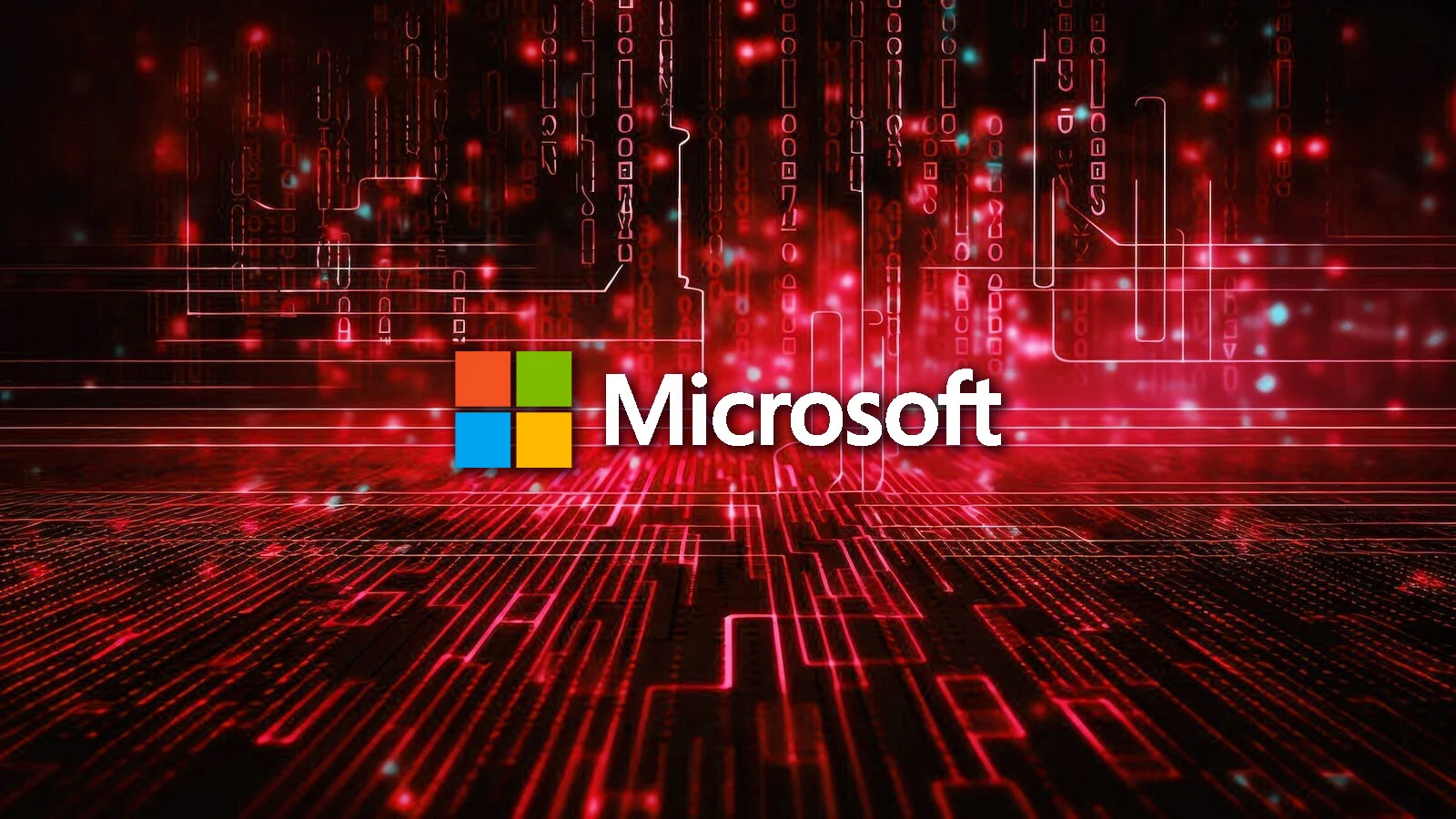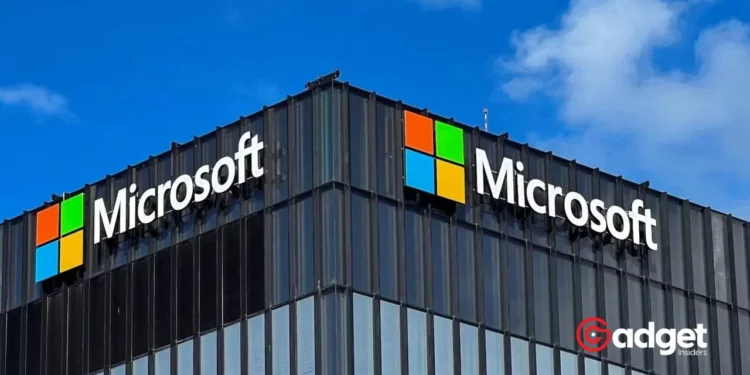In a significant advancement for display technologies, Microsoft is pushing the boundaries with a groundbreaking patent designed to enhance the way we interact with digital screens. Termed “Pixel Luminesce for Digital Display,” this novel technology allows unprecedented control over each pixel’s brightness, introducing a dynamic and selective dimming capability that could transform user experience across various platforms.

Dynamic Dimming for Enhanced Visual Experience
The newly patented technology, first highlighted by Windows Report, is designed to selectively brighten or dim different parts of a screen independently. This dynamic dimming process is orchestrated through an Electromagnetic (EM) gate driver, which receives detailed instructions from a luminance controller. These instructions involve pulse-width-modulated signals that are directed to specific rows of pixels, enabling meticulous adjustments to the brightness and color accuracy of each pixel.
1.5 Billion people use Microsoft Windows.
But 91% of them use their PC/Laptop like a FOOL!
Here are 7 Windows Tricks You Must Try: ⤵️ pic.twitter.com/7BolXC5NM8
— Mushfiq Sajib (@mushfiq_sajib) April 18, 2024
A Leap Forward in Gaming and Entertainment Displays
One of the most exciting applications of Microsoft’s Pixel Luminesce technology lies in the enhancement of gaming monitors and entertainment systems. The ability to control screen brightness with such granularity could lead to more immersive gaming and viewing experiences. Imagine the realism added to a video game scene where light dynamically adjusts as you emerge from a dark cave into a sunlit landscape, mimicking real-life lighting conditions more closely than ever before.

Microsoft’s Patent: Advancements in Display Tech Promise Enhanced Efficiency
Aside from improving visual fidelity, the technology outlined in Microsoft’s patent also promises significant improvements in power consumption. By using pulse-width modulation for controlling brightness, displays can operate at lower brightness levels when full illumination isn’t necessary, reducing energy usage and potentially extending the lifespan of the display.
The Future of Displays
Although still in the developmental phase, the implications of Microsoft’s Pixel Luminesce are vast. If brought to the mainstream market, this technology could set new standards for display performance, making previous models seem outdated in comparison. However, the timeline for commercial availability remains uncertain as Microsoft continues to refine this innovative approach.
Insights and Implications
As we await further developments, the potential of such technologies to revolutionize display standards is immense. Not only could this lead to better products in the tech market, but it could also challenge other companies to step up their game, leading to broader innovations in how we experience digital content. For now, we keep our eyes peeled for the next big announcement from Microsoft, possibly at their upcoming event, which could give us a glimpse into the future of display technologies.
The unfolding developments in display technology continue to excite and promise a new era where our digital and real-world experiences might converge more seamlessly than ever before. As Microsoft leads the charge, the future of displays looks bright—both literally and figuratively.









